Table of Contents
Have you ever wondered, how lab technicians measure the electric component of any device?
Electronic test equipment is of great help in testing the machines and circuits. One such electronic test equipment is the LCR meter.
Let us know more about LCR meters with the help of this blog:
What is an LCR meter?
An LCR meter is a type of electronic instrument or device that measures resistance, inductance, and resistance of a conductor.
The use of this device is principally in troubleshooting and maintenance work, such as checking for broken wires and shorts. An LCR meter can determine if a capacitor is defective or not.
- An LCR meter is a combination of three separate meters in one single unit.
- The L, the C, and the R components are not independent of each other but rather work together to measure inductance, capacitance, and resistance values.
- These values apply a voltage to the capacitor or inductor to calculate and estimate resistance using a current or measure both simultaneously.
Types of LCR meters:
Now that you have understood the functions of LCR, it is time for us to focus on the different types of LCR meters that help measure other variety of components:
1. Handheld LCR Meters:
These types of LCR meters are lightweight devices. Developed by portable applications, these devices are battery-powered and come with a USB port to transfer data to laptops or PCs.
- Handheld LCR offers AC resistance and measurement of inductance with an accuracy between 0.1% to 0.2%.
- The device can be moved around for any size for test purposes. The handheld type of LCR meter is designed primarily as a DMM. It uses a DC technique for measuring the capacitance in this device.
Fluke LCR meter:
Fluke LCR meters are tools used to test the quality of components, such as capacitors and resistors. These devices are used in different ways depending on the type of component that needs to go through testing. For example, when testing capacitors, an LCR meter checks for non-conductivity.
If the capacitor does not conduct, then it needs to be replaced. These devices are handheld, portable instruments that allow electrical measurements with greater accuracy and reliability. They are ideal for manufacturing electronic components, printed circuit boards, cables, connectors, and other electromechanical devices.
2. Benchtop LCR Meters:
These meters, developed by benchtop, are placed at a fixed location. Benchtop LCR meters don’t have much movement. This type of meter comes with additional features in comparison to the handheld type of meters.
- The advanced feature that it offers is a Programmable frequency setting which provides higher measurement accuracy. The accuracy is about 0.01%. Benchtop LCR meter also offers advanced measurement capabilities.
- These types of capabilities include measurement of DC bias current sweep voltage and so on. This LCR uses primary calibration of L, C, and R.
- The device’s measurement performs at a frequency. The set frequency is about 100Hz to 10kHz.
3. Digital LCR meter:
LCR meter comes in different forms when it comes to measuring the resistance capitals and inductance.
One such form is the Digital LCR meter. An LCR meter measures the current, voltage, and phase angle between the two flows through DUT and across DUT.
By getting these three measurements, the calculation takes place. It is how the device helps in calculating the impedance parameter.
This device has four terminal Kelvin connections. These connections connect with the DUT. Connecting helps minimize the errors that are to occur due to cabling and connection with the DUT.
LCR Meter Circuit:
The LCR meter circuit is a device that measures the inductance, capacitance, and resistance of a course by using a microprocessor.
The LCR meter circuit usually has four terminals for the measurement connected to the measurement target. The connections are known to incorporate a sheltered coaxial design that helps in protecting the measurement signals and other detection signals from any external noise.
This circuit is easy to build and can be used for educational purposes. It measures the inductance of a coil or capacitor. It consists of two coils, one fixed and the other variable (called the “indicator” or “pointer”), along with some electronics to display the result.
How to use an LCR Meter:
After going through the essential information regarding the LCR meter is vital to know how it functions. Let us know more about the mechanism of the LCR meter here:
- We already know that LCR is known for measuring a passive component’s capacitance, inductance, and resistance. It measures the element at a specific voltage or current as well as frequency. In this device, applying AC voltage at the current test signal is essential to calculate the component.
- The application is at a specific frequency. After using the particular frequency to the element, the current flows through the passive element, and the phase starts to flow. It is the time when the device measures the difference between the current and the voltage.
- The LCR meter collects the difference and uses the difference between voltage current and phase to calculate the inductance resistance and capacitance of the component.
- The device operates by applying AC voltage on the device Under test. After the direct message, the difference between amplitude and phase of the voltage signal to find out and calculate the difference between the voltage current and phase.
1. Measuring Capacitance with LCR Meter:
Before we talk about how to check capacitance, let us know what we mean by capacitance here: Capacitance is a measure of the ability to store energy in an electric field. It is the ratio of the voltage across a capacitor and its charge. A capacitor is a passive component. It is a two-terminal electrical component that stores energy in an electric field.
A capacitor consists of two conductors separated by a dielectric medium, storing electrical energy and holding an electrostatic charge.
LCR meter is a device that can test capacitors in a circuit and measure the capacitance by applying AC voltage to the device under test. It also measures the current. It measures the voltage signal in terms of amplitude and phase.
The current waveform that is present in a capacitive impedance leads to a voltage waveform. The current waveform present in inductor impedance lags behind the voltage waveform. Many lab technicians use an LCR meter to measure capacitance.
2. Measuring Inductance with LCR Meter:
Every inductive body has a specific inductance that is an intrinsic property of that body. The inductance of any conductive body is always the same whether that conductor is energized in the electrical circuit or is not active. An LCR meter is a great choice when it comes to measuring the inductors of any device.
Let us find out the capacitor and inductor basics here. An inductor is an electrical component. It consists of a wire wound into one or more loops; the essential elements of every inductor are the same.
We can determine the inductance of an inductor with two characteristics – its size and the making of the inductor. The LCR meter subjects the device Under test to a set frequency AC voltage. The device measure inductor mostly at 1 volt RMS at one kHz.
It measures the current through the device and the voltage. The machine reaches of ratio to find out voltage and the current flowing through the device, which further algebraically calculates the device’s impedance. (Source: Researchgate.com)
3. Measuring Resistance using an LCR Meter:
Resistance is the measure of opposition to current flow in an electrical circuit. It is essential to know the values for each component that make up a complete circuit—identifying the value s essential to ensure the safe operation of electronic devices.
Resistance is the opposition to the flow of electric current in a circuit. In an electrical circuit, there are two kinds of resistance: resistors and conductors. The resistance reading taken with an LCR meter may not be accurate for complex circuits that contain several resistors in series or parallel.
The device measures the voltage and current flowing through the device Under test and the phase angle between the voltage and current.
The position data conductor in the circuit offers through electric current is found in the machine, known as resistance. You can enter the resistance value and select the measurement mode. The meter will display a graph of the resistance versus frequency curve.
3. Measuring Impedance using an LCR Meter:
LCR meter helps find out the impedance of any passive component. Electrical impedance, also identified by the symbol Z, changes accordingly as per the circuit’s component and on the frequency application in AC.
It is a type of total division that is present in the course following the alternating current. It includes inductive reactance, resistance, and capacitive reactance. We can use an LCR meter to measure the impedance of a circuit.
It takes place by placing the meter’s leads across the ends of the component that you want to measure. The values are then read off on an LCD or LED display.
LCR Meter vs. Multimeter:
The two classic instrument pieces that come in handy during any troubleshooting faults or work are the LCR meter and multimeter. There are several critical differences between the multimeter and LCR meters. Let us find out about the difference between these two devices:
- A multimeter is a device that combines the function of an ohmmeter, ammeter, and voltmeter. It can measure resistant voltage and current across the circuit quite precisely. It comes in analog as well as digital forms and is cheap and easy to use. The device comes with the advantage of combining three types of measuring devices that can help measure voltage current and resistance. It is a device that does the essential readings that you require to measure the electrical circuits.
- The device has four parts: a display button panel dial and input jacks.
- It is a divider that is quite useful in diagnosing electrical circuits, checking the voltage of the batteries, fuse testing, analyzing the power outlets, and finding out a bad switch.
- An LCR meter is a device that measures instruments. With the device’s help, you can measure the inductance resistance and capacitance of an electrical circuit.
- The device consists of different control panels such as display, function selector, on/off switch, range selector, and Input terminals.
- The use of this device is analyzing an oscillator. It also helps check the phase of the power supply, scans the faulty capacitors, etc.
- The difference between both the devices is that multimeters helpful in measuring the resistance, current, and voltage of a circuit. In contrast, an LCR meter helps measure capacitance, inductance, and resistance.
- When it comes to the working component of these devices, the multimeter uses a balanced Bridge DC amplifier. In contrast, an LCR meter uses the wheat bridge and RC ratio arm circuits.
- Both devices have different types of uses. When it comes to using a multimeter, it is helpful to check about the fuse has the primary diagnosis and power supply for the proper voltage. LCR meters, on the other hand, are used for testing the induction of various components and capacitance in a circuit or device.
LCR Meter Review:
So, is the LCR meter a tool that is worth buying? Well, let’s find out:
LCR meters are devices that provide practical measurement readings and are easy to use. These electronic tools are best at delivering high-speed calculations and results with precision. It helps measure the inductance resistance and capacitance of any electronic component.
Devices come in an ergonomic design and are compact and lightweight instruments. The lightweight tool makes it easy to handle, and it also comes with high-quality test diodes. These diodes make it easier to measure the impedance Z and ESR of the capacitor.
Most of the LCR Meters can automatically detect the component type with the selection of a proper range. Some of the advantages of LCR Meters that you can consider buying are:
- It is a device that is easy to operate and is user-friendly.
- The device measures the passive components without errors.
- When it comes to calibration, the instrument is easy to use.
- The device comes with many features and options as many companies manufacture the machine.
- This device eliminates the need to care for a different type of reading equipment as it covers most measurements and parameters.
Best Handheld & Benchtop LCR Meter:
If you’re looking for the best handheld LCR meters, we are to help you choose the right one for you. There are some of the best handheld LCR Meters that you can buy:
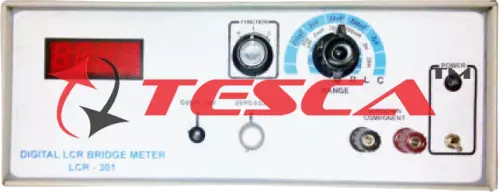
LCR / Capacitor / Transistor Meter LCR Bridge Meter, Bench Type
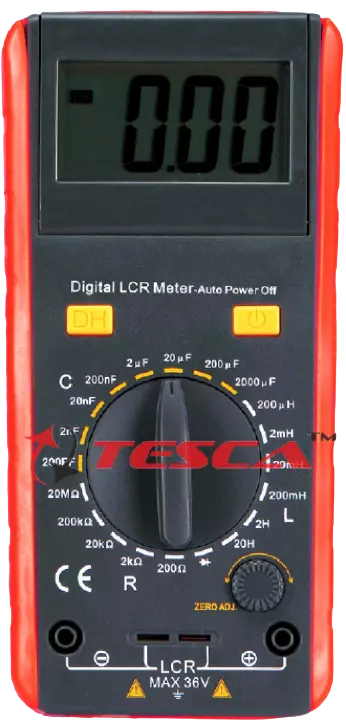
LCR / Capacitor / Transistor Meter LCR Meter, Hand Held 3.5 Dgt., Inductance , Capacitor , Resistance
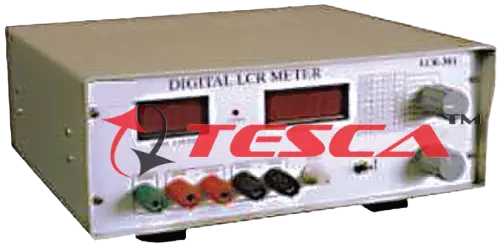
LCR / Capacitor / Transistor Meter LCR Meter, Bench Type
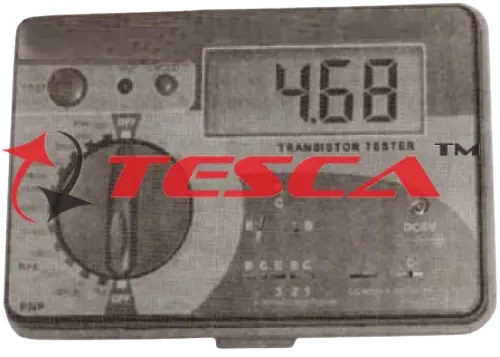
LCR / Capacitor / Transistor Meter Transistor / Diode Tester, AutoRange



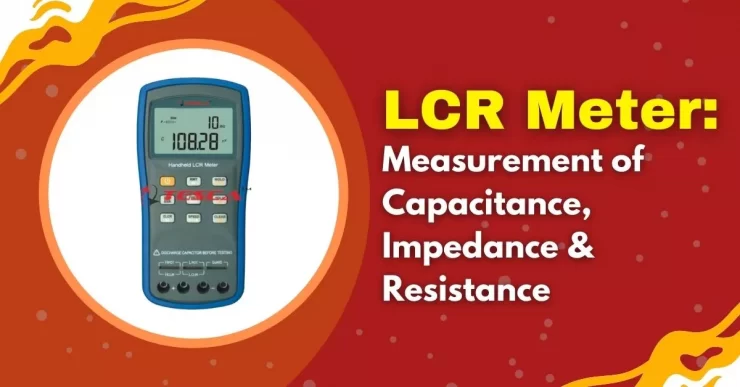
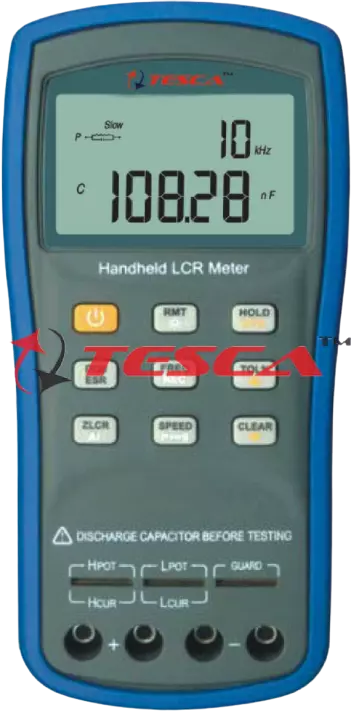
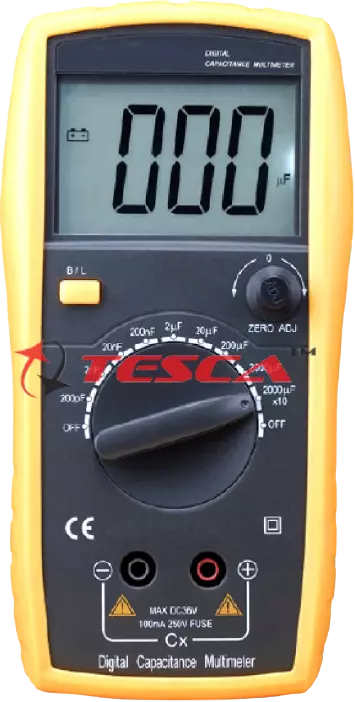

Add comment